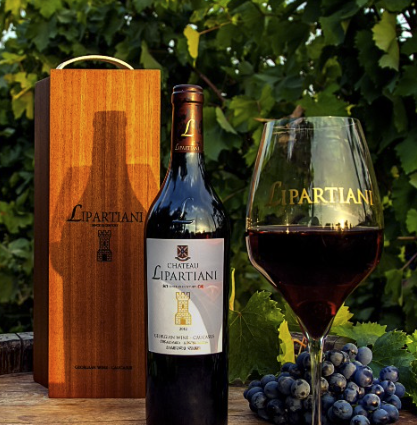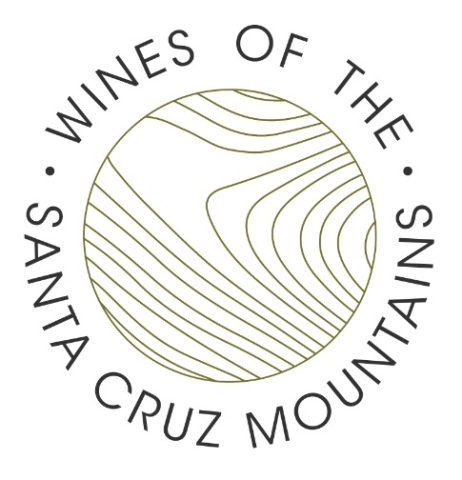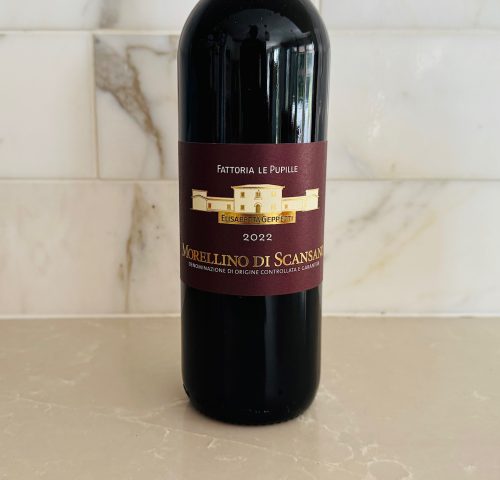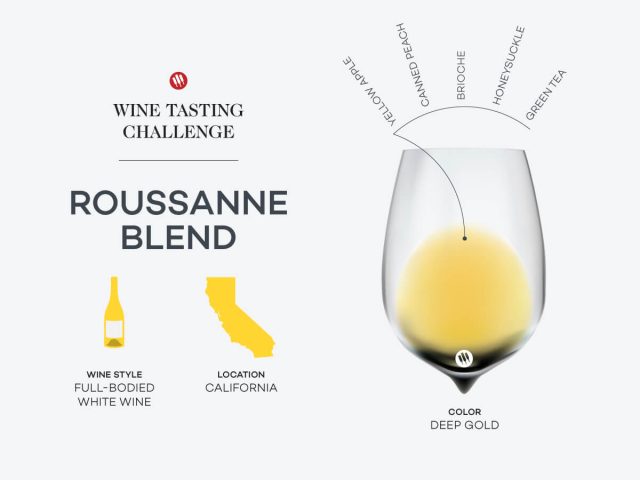Lipartiani: Georgia’s New Boutique Winery

Lipartiani is a new, quality-oriented boutique winery created within Georgia’s much larger Winery Khareba, which has vineyards located throughout the country. We recently visited the winery to learn more about this ambitious project and taste its wines. Winemaker Vladimer Kublashvili has created several blends of Georgian and international grape varieties selected from special vineyards in four of the country’s winegrowing regions: Kakheti in Eastern Georgia and Imereti, Racha and Samegrelo in Western Georgia. We review these new Georgian wines below, and we will discuss Winery Khareba and review its full portfolio of wines in a forthcoming report on The Wines of Eastern Georgia. We earlier published a review article on The Wines of Khareba, which are imported by Best Value Wine Group.
The Lipartiani Wine House takes its name from the noble Lipartiani family of the principality of Samegrelo in West Georgia. Its estate in the village of Salkhino was renowned for the quality of its wines, especially those made from the Ojaleshi grape variety, since at least the mid-19th century. After the fall of the Soviet Union in 1991, three brothers, descendants of the Lipartiani family, renovated a large, state-owned winery and renamed it Khareba. Today Khareba owns 1500 hectares of vineyards specializing in the country’s indigenous varieties and has four winemaking facilities including one in Imereti in and three in Kakheti.
Traditional Georgian wine was a field blend fermented in clay vessels called qvevri. Vladimer draws from this tradition with the unique Lipartiani blends, making wines both in qvevri and stainless steel. We tasted these wines during our visit to the winery in Kvareli, located not far from Telavi, in August of this year.
The Khareba Winery where the Lipartiani wines are crafted is the location of 13 km of tunnels built into the mountainside. Originally built by the Soviets in the 1960s for military purposes, these tunnels are now the perfect place for Khareba to store and age its wine.
The Wines
Lipartiani 2019 Qvevri Dry White 92 Medium yellow gold. This qvevri selection reveals a mix of yellow apple, cling peach, chamomile and a hint of orange zest. Tsitska contributes the acidity that gives this wine its appealing freshness, and skin contact gives the wine its firm backbone that makes it excellent for pairing with food. It went superbly with nighziani badijani (eggplant rolls with walnuts, lemon and garlic). A blend of 35% Krakhuna, 18% Kisi, 17% Khikhvi, 15% Tsolikouri and 15% Tsitka separately fermented and aged 3-6 months on the skins in qvevri and then blended. pH 3.44, 12.5% alc.
Lipartiani 2015 Queen Tamar Imereti 93 Medium yellow straw. This is an international style wine fermented in stainless steel, not qvevri. The blend varies by vintage to maintain a consistent style. The wine reveals yellow fruit with touches of acacia, beeswax, and dried chamomile. It’s beautifully balanced and softly textured with good flavor concentration, and a long, clean finish. Krakhuna contributes to the bouquet, while Tsitska provides acidity to the blend. The blend varies by vintage to maintain a consistent style. The 2015 vintage (bottled in 2018) is a blend of 35% Krakhuna, 35% Tsitska, 15% Mtsvane, 8% Rkatsiteli, 5% Sauvignon, and 2% Chardonnay, all vinified separately before blending and aging 9+ months in 80% new oak. pH 3.29, 12.5% alc.
Lipartiani 2019 Qvevri Dry Red 91 This qvevri red is a blend of four grapes from four different regions of Georgia. Its bouquet recalls black fruit, dark soil and flinty minerals. It’s bright on the attack with bright acidity and flavors of black currant, blackberry, and a hint of violet. Finishes with dry tannins. Definitely a food wine. A blend of 50% Saperavi, 25% Otskhanuri Sapere, 20% Ojaleshi, and 5% Aleksandrouli fermented with ambient yeast and given skin contact only during fermentation, about two weeks, before being racked into fresh qvevri for about four months before blending. pH 3.49, 13% alc.
Lipartiani 2016 Prince Giorgi Dry Red Kakheti 92 This is a modern style, single vineyard wine sourced from Vachnadziani village in Gurjaani where several other top producers have vineyards, and the clay-loam soils deliver concentration and power. Opaque ruby black in color revealing a powerful, almost inky bouquet of blackberry, black currant, and violet/blueberry. It has a focused, fruit-rich palate with a silky mouth feel, dry tannins and a mineral-like finish. A blend of 93% Saperavi and 7% Otskhanuri Sapere fermented and aged 18 months in stainless steel. pH 3.63, 14.5% alc.
Lipartiani 2014 Chateau Lipartiani Dry Red 94 Opaque color. Multifaceted bouquet of peppery spice, tobacco, violets and black and red fruit. The palate is fresh and bright, and the texture is silky with earthy, dark fruited flavors and fine tannins. The Aladasturi contributes red fruit and Saperavi adds violet to the bouquet, while Otskhanuri Sapere adds acidity. A blend of 90% Saperavi, 7% Aladasturi, and 3% Otskhanuri Sapere fermented in stainless steel; the blend is made after malo and then aged in 70% new oak for 9 months. Bottled in 2018. pH 3.63, 14% alc.






